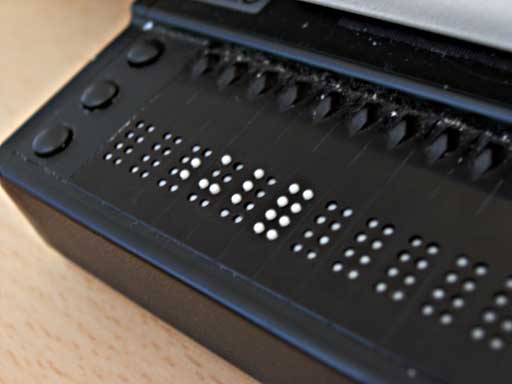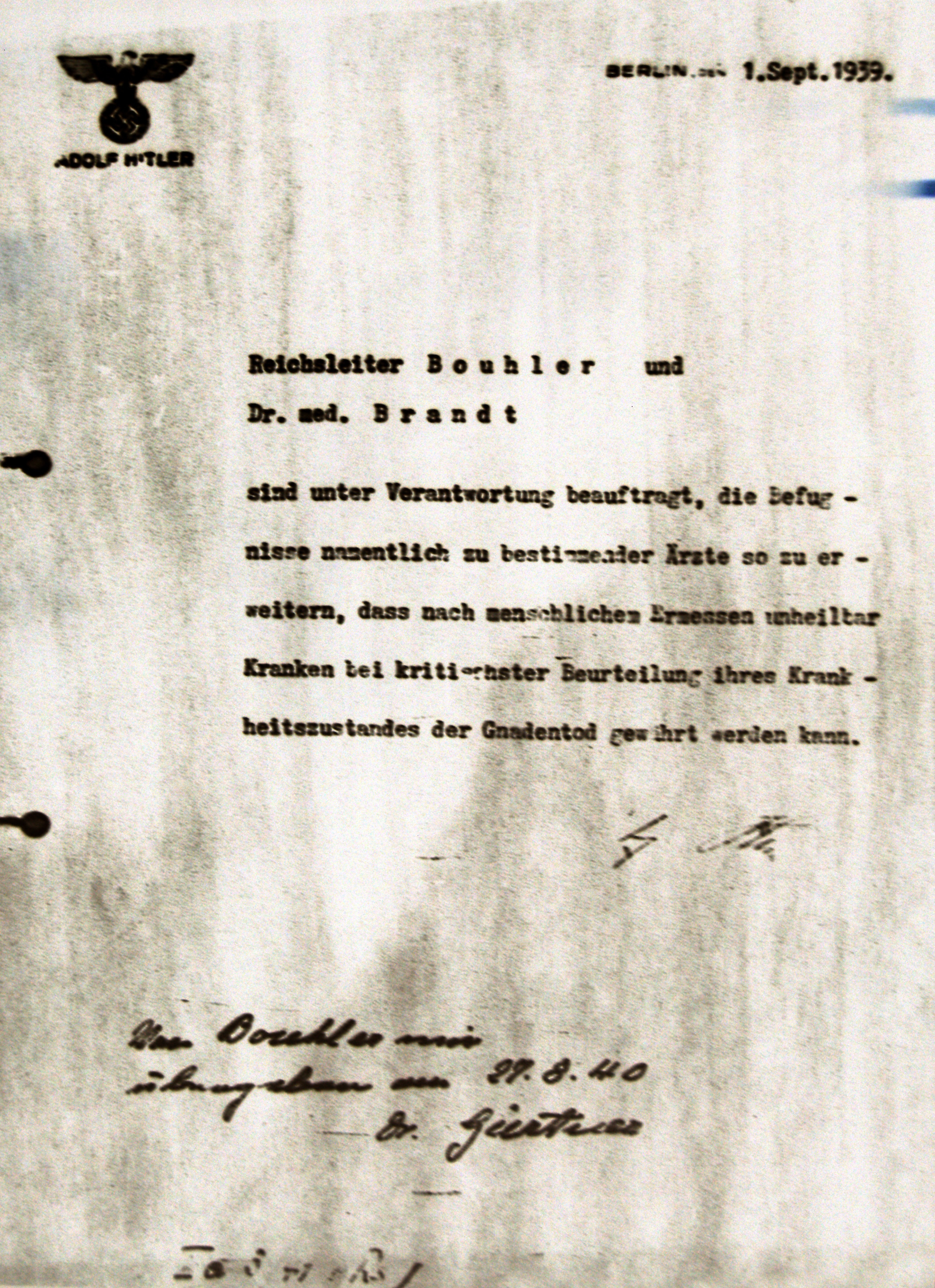On Freddie Gray, the Washington Post, and Journalistic Ethics
The Washington Post has published a report based on a leaked document. We don't know who leaked it to them. In it, a prisoner who was placed in the police van some time after Freddie Gray was restrained, claims that he heard banging from Gray's compartment. At no time did this anonymous prisoner see Gray.
That's news. A prisoner heard banging. That ought to get published.
Unfortunately, WaPo decided to go with a reiteration of the prisoner's suppositions.
First, notice all the hypotheticals and room for doubt: "might have" "not clear" no "additional evidence" "written by a police investigator" "could not see him" - there is literally no evidence here except that Prisoner A heard banging.
But instead, we get in the lede, the headline, and crawling across cable news channels, the message that Freddie Gray broke his own spine. It's not going to persuade many, but it will introduce enough doubt to keep pro-law individuals and policy-makers from vigorously pursuing justice for Gray.
Moreover, imagine this prisoner, now caught up in the Freddie Gray story. The police interrogate him about what he heard. I can imagine a scenario in which the investigator says, "You heard banging?" "Yes." "Like he was trying to hurt himself?" "Yes." And then writes down, "Prisoner A says Gray was trying to hurt himself."
Did that happen? No idea. And the Washington Post also has no idea either.
There is a good story to write about this leaked document, a necessary story even. Banging could mean an attempt to self-injure in an effort to get a big settlement (the implication here), but also could be the last pleas of a dying man for help, unable to call out anymore. Banging could be a lot of things. All we know is Prisoner A heard sounds.
The people who wrote this piece are journalist pros in a way I will never be, sludging through the day-job of it all for one of the great papers in America. But I believe the way this piece was written reflects poorly on the ethical decisions made by the writers and the editors. It serves the agenda of the leaker and those who want to introduce doubt to the investigation of the death of Freddie Gray.
Because when there is doubt, time and time again, in front of juries, the media, and the public, law enforcement officials receive the benefit of that doubt. And the Washington Post has made it easier for Gray's killers to escape justice.
UPDATE: Let's imagine that the BPD had reliable evidence beyond this one prisoner that Gray's injuries were self-inflicted. They would have released that within 24 hours of his death as an attempt to forestall unrest, rather than letting the investigation play out. This leak is a sign of the weakness of the investigation to exonerate the police, rather than a sign of Gray's culpability.
That's news. A prisoner heard banging. That ought to get published.
Unfortunately, WaPo decided to go with a reiteration of the prisoner's suppositions.
A prisoner sharing a police transport van with Freddie Gray told investigators that he could hear Gray “banging against the walls” of the vehicle and believed that he “was intentionally trying to injure himself,” according to a police document obtained by The Washington Post.I just wrote about questioning narratives. Here's another case where the narrative must be taken apart.
The prisoner, who is currently in jail, was separated from Gray by a metal partition and could not see him. His statement is contained in an application for a search warrant, which is sealed by the court. The Post was given the document under the condition that the prisoner not be named because the person who provided it feared for the inmate’s safety.
The document, written by a Baltimore police investigator, offers the first glimpse of what might have happened inside the van. It is not clear whether any additional evidence backs up the prisoner’s version, which is just one piece of a much larger probe.
First, notice all the hypotheticals and room for doubt: "might have" "not clear" no "additional evidence" "written by a police investigator" "could not see him" - there is literally no evidence here except that Prisoner A heard banging.
But instead, we get in the lede, the headline, and crawling across cable news channels, the message that Freddie Gray broke his own spine. It's not going to persuade many, but it will introduce enough doubt to keep pro-law individuals and policy-makers from vigorously pursuing justice for Gray.
Moreover, imagine this prisoner, now caught up in the Freddie Gray story. The police interrogate him about what he heard. I can imagine a scenario in which the investigator says, "You heard banging?" "Yes." "Like he was trying to hurt himself?" "Yes." And then writes down, "Prisoner A says Gray was trying to hurt himself."
Did that happen? No idea. And the Washington Post also has no idea either.
There is a good story to write about this leaked document, a necessary story even. Banging could mean an attempt to self-injure in an effort to get a big settlement (the implication here), but also could be the last pleas of a dying man for help, unable to call out anymore. Banging could be a lot of things. All we know is Prisoner A heard sounds.
The people who wrote this piece are journalist pros in a way I will never be, sludging through the day-job of it all for one of the great papers in America. But I believe the way this piece was written reflects poorly on the ethical decisions made by the writers and the editors. It serves the agenda of the leaker and those who want to introduce doubt to the investigation of the death of Freddie Gray.
Because when there is doubt, time and time again, in front of juries, the media, and the public, law enforcement officials receive the benefit of that doubt. And the Washington Post has made it easier for Gray's killers to escape justice.
UPDATE: Let's imagine that the BPD had reliable evidence beyond this one prisoner that Gray's injuries were self-inflicted. They would have released that within 24 hours of his death as an attempt to forestall unrest, rather than letting the investigation play out. This leak is a sign of the weakness of the investigation to exonerate the police, rather than a sign of Gray's culpability.





















